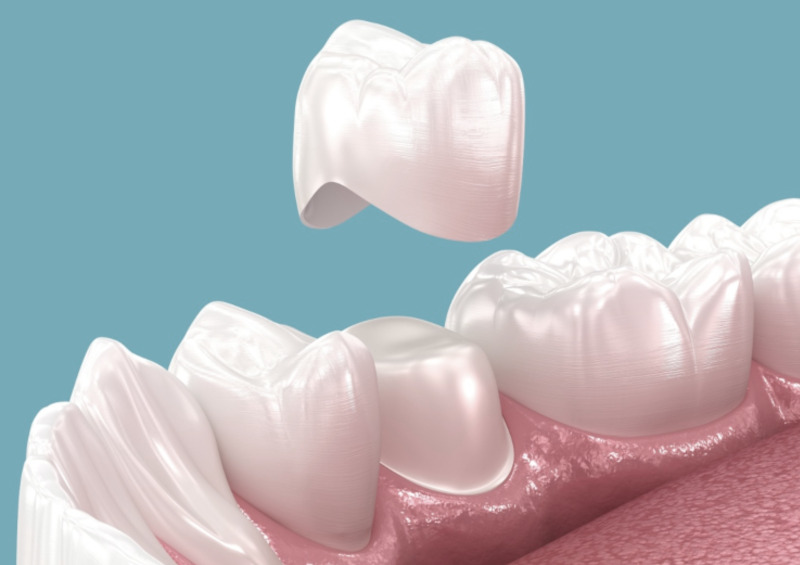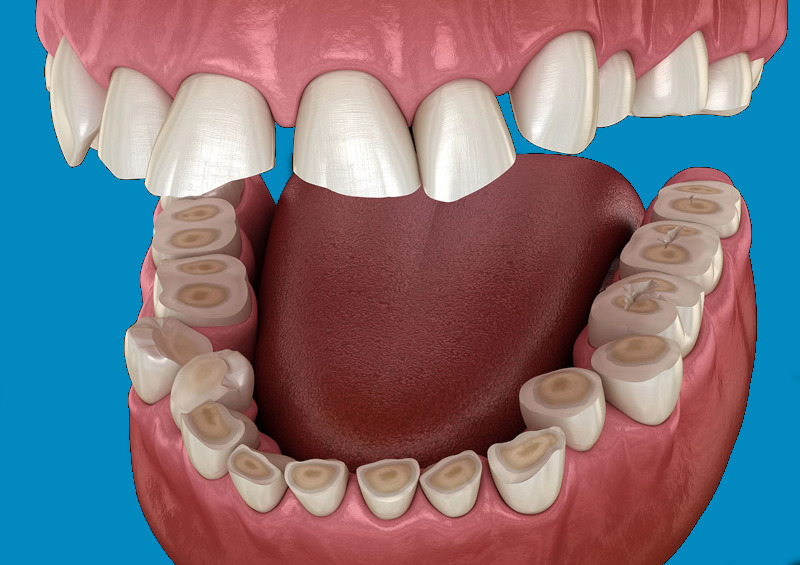What is Dental Implant Treatment?
A dental implant can be used to replace one or more missing teeth. Treatment can be complex, depending on how much work you need, but implants can help restore your smile and your confidence. The procedure is also a longer-term solution to alternatives such as dentures and dental bridges. Here’s how dental implant treatment works, what it involves.
Dental implants are made up of three main components:
- The implant itself is a small metal screw (usually made of Titanium or a titanium alloy) This is secured to your jawbone and acts as a” tooth” root.
- An abutment (a type of support) is then fitted to the implant.
- The replacement tooth (crown) is fitted to the abutment, securing the tooth to the implant.
The fundamental aim of the implant is to recreate a natural-looking smile, so replacement teeth are usually custom made to match your remaining teeth as closely as is possible.


What are Dental Veneers?
Dental Veneers treatment involves applying thin shells of porcelain or composite bonding resin to the front surface of teeth to enhance their appearance.
The purpose of such treatment is that veneers can address cosmetic concerns such as chipped, discoloured or irregular shaped teeth.
The procedure requires removing a small amount of enamel from the tooth surface, followed by bonding the veneer to the tooth.
The benefits are that the veneer can provide a natural tooth appearance and can certainly improve the overall smile.
NB. Once applied veneers are irreversible and if damaged, they would need to be replaced.
Dental Crowns
A Crown is a type of “cap” that completely covers a real tooth. It is usually made from metal, porcelain fused to metal, or ceramic and is fixed in your mouth.
Crowns can be fitted where an existing tooth has broken, decayed or been damaged, or just to make a tooth look better.
To fit a crown, the old existing tooth will need to be drilled down and re shaped so it looks like a small peg that the new crown will be fixed to.


How to treat teeth grinding, post treatment.
Having dental treatment abroad will represent an investment in your health.
This needs to be protected. Over 50% of us grind our teeth without even knowing and in doing so it can seriously damage your teeth and indeed your new teeth.
Teeth grinding, medically known as bruxism, can be a painful and damaging condition. It often occurs unconsciously while one sleeps, leading to a host of dental and jaw-related problems.
From worn-down teeth and increased tooth sensitivity to jaw pain, headaches, and even disorders in the temporomandibular joint (TMJ), the repercussions can be severe and long-lasting.
Botox
In many cases, standard treatments such as mouth guards or stress relief exercises might not provide the needed relief or protection. That’s where an innovative approach involving Botox comes into play.
Botox, widely recognized for its cosmetic uses, has proven to be an effective treatment for bruxism. When injected into the masseter muscle (the large muscle that moves the jaw), Botox helps reduce muscle activity, thereby alleviating both the unconscious grinding of the teeth and the excessive stress on the jaw.
This targeted application of Botox does not interfere with normal activities like talking and eating but significantly decreases the power of the muscle contractions associated with grinding.


Composite Bonding
What is Composite Bonding?
Composite bonding is a cosmetic dental procedure that involves applying a tooth-coloured resin to enhance the appearance of teeth, addressing issues like gaps, discoloration, and minor damage.
Definition and Purpose
Composite Bonding, also known as dental bonding or tooth bonding, is a minimally invasive cosmetic dental treatment that uses a tooth-coloured resin material to improve the aesthetics of teeth.
This procedure can reshape, repair, or enhance the colour of teeth, making it a popular choice for patients looking to address imperfections without having to undergo extensive dental work.
Preparation.
- The dentist prepares the tooth surface by applying a mild acid to create microscopic pores, enhancing the bond between the tooth and the resin.
- The composite resin is then applied in layers, shaped, and moulded to achieve the desired appearance.
- A special curing light is used to harden the resin, ensuring a strong bond and durable finish.
Benefits of composite bonding.
- It can be used to fill gaps, repair chips, and improve the colour of stained and discoloured teeth.
- Unlike crowns or veneers, composite bonding typically requires little to no removal of the natural tooth structure, making it a less invasive option.
- The resin can be colour-matched to the surrounding teeth, providing a seamless appearance.
Conclusion.
Composite bonding is an effective solution for enhancing the smile, offering a quick and relatively painless way to address various dental imperfections. It is suitable for a wide range of patients and can often be completed in a single dental visit, making it a convenient option for those seeking cosmetic improvements.
